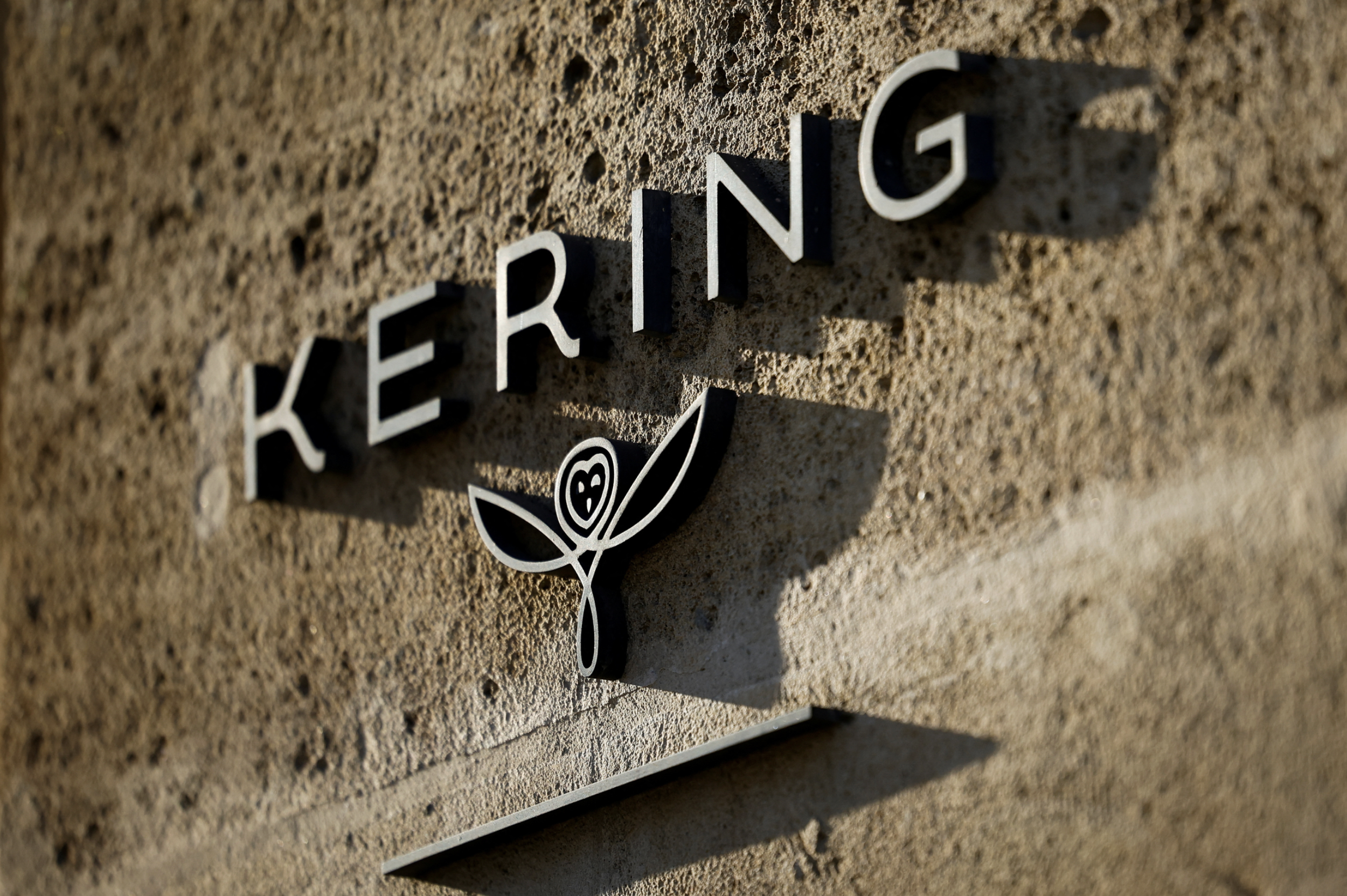
2025: The Year of the Designer Renaissance in Fashion
The fashion industry is witnessing a significant shift as major brands appoint formally trained designers to lead their creative directions, moving away from marketing-centric leadership. Matthieu Blazy’s role at Chanel is emblematic of this change, marking 2025 as a pivotal year. This resurgence of designer leadership focuses on creativity and craftsmanship, aiming to deepen consumer connections and rejuvenate brand authenticity. The coming year will test whether this strategic pivot can redefine luxury fashion’s appeal and sustainability.
#FashionIndustry, #CreativeLeadership, #LuxuryFashion, #DesignerRenaissance, #MatthieuBlazy, #Chanel, #2025Trends, #FashionRevolution, #Craftsmanship, #Authenticity

Gucci’s Declining Sales Pose Challenges for Kering Amidst Chinese Market Slowdown
Kering has reported a substantial decline in sales at Gucci, with like-for-like sales dropping by 25% in the recent quarter, indicating a deeper decline than previously observed. This marks the fifth consecutive quarter of revenue decline for Gucci, which significantly impacts Kering since Gucci constitutes about half of its revenues. The downturn reflects broader challenges in the luxury sector, particularly exacerbated by weak demand in the crucial Chinese market. Amidst these challenges, Kering has installed Stefano Cantino as the new CEO of Gucci in a bid to rejuvenate the brand. Kering’s shares have also suffered, dropping more than 40% this year, as the luxury group navigates through this volatile period.
#Kering, #Gucci, #LuxuryFashion, #FashionIndustry, #MarketTrends, #ChineseMarket, #LuxuryGoods, #EconomicSlowdown, #BrandStrategy, #LeadershipChange

Luxury Brands Shift to ‘Micro’ Luxury Goods Amid Economic Downturn
Luxury brands are adapting to current economic challenges by introducing smaller, more affordable luxury goods like “super mini” handbags and wallets on chains. Aimed at middle-income shoppers, this strategic pivot seeks to recapture a crucial consumer base alienated by significant price increases over recent years. With prices of luxury goods averaging 55% higher than in 2019, these accessible items may encourage increased store traffic and sales volumes, helping brands stabilize during a widespread spending slowdown.
#LuxuryBrands, #MicroHandbags, #AffordableLuxury, #ConsumerTrends, #EconomicDownturn, #FashionIndustry, #RetailStrategy

Analyzing the Luxury and Beauty Sectors: A Cautious Outlook for 2024 and Beyond
The luxury and beauty sectors are currently navigating a challenging landscape, marked by reduced growth forecasts and evolving consumer behaviors, particularly in China. As 2024 progresses, the luxury goods market faces one of its most difficult years, with anticipated growth dropping to just 2.8%. Similarly, the beauty industry is impacted by a slowdown in Chinese economic activity and a shift towards domestic brands. Both sectors are adapting by focusing on strategic markets and innovation in products and marketing, hoping for a gradual recovery starting in 2025.
#LuxuryMarket, #BeautyIndustry, #EconomicSlowdown, #ChinaMarket, #ConsumerBehavior, #MarketAdaptation, #2025Outlook